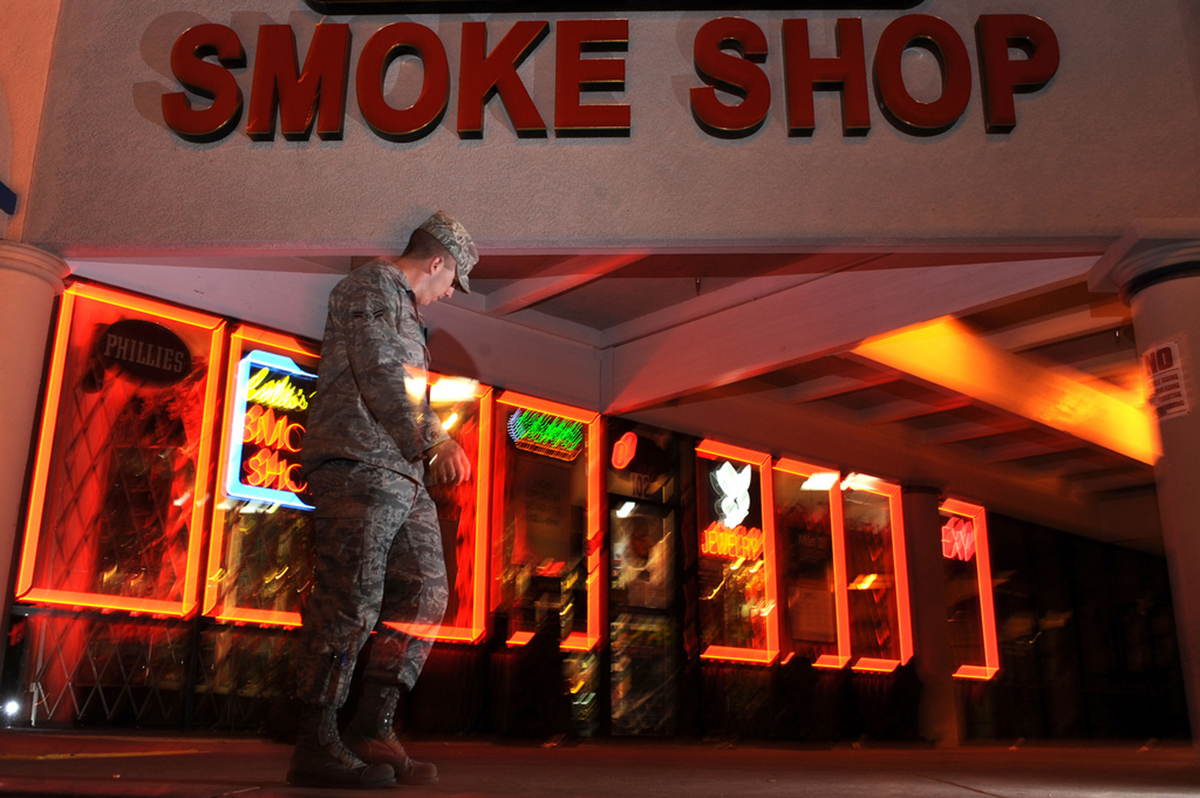Table of Contents
Who Uses This Drug?
Spice and similar drugs were initially popular mainly among young and poor people who were able to buy it at petrol stations and on the internet with ease. Because spice doesn't trigger positive drug tests, the drug is also particularly popular among athletes, parolees, and anyone else who may be subject to narcotics testing.

Spice is, in other words, now a mainstream drug with a fairly good reputation, something that kids are using. Many see "fake weed" as less dangerous than real weed, both because it's easy to obtain and still unregulated in some jurisdictions, and because they are under the false impression that they are consuming nothing but herbs.
Those who may find the thought of using synthetic cannabinoids appealing may cite the fact that actual cannabis is increasingly laced with unknown chemicals, making the herb more dangerous than ever before. That may be true, but how does "fake weed" compare to cannabis in terms of risks? Whether you are a potential user, a concerned parent, or a teacher whose students are talking about the drug, the dangers of spice definitely need to be on your radar.
Synthetic Cannabinoids Are More Dangerous Than Weed
Since synthetic cannabinoids act on the same brain receptors as marijuana, the effects are similar — ranging from feelings of relaxation and happiness, through impaired judgment and reduced reflex response, to hallucinations, feelings of paranoia, violent outbursts, and fear. In addition, synthetic cannabinoids may be up to 50 times more potent than weed in some cases, and much more addictive than real marijuana as well. In addition to acting on the brain's cannabinoid receptors more strongly than cannabis itself, other areas of the brain are also impacted by spice.
One study, based on data from the 2013 Global Drug Survey, even concluded that synthetic cannabinoid users needed emergency medical care 30 times as often as weed users! A year-long study of the effects of synthetic cannabinoid drugs such as spice found that as many as one in 40 users of such drugs required urgent medical attention.
These drugs have specifically been linked to risk of stroke in otherwise healthy individuals, with the highest danger of complications from using spice and related drugs being reported in young users under 17. Kidney failure and irregular heartbeats are other possible side effects, along with near-instant fevers, dehydration, and psychosis. Spice-related deaths have been reported, including 17 in Mississippi alone in the year 2015, with 1,362 serious cases of poisoning from the drug being reported in the same state in the same year.
READ The Lure And Dangers Of Synthetic Drugs
The Bottom Line
Spice, K2, Mojo, Black Magic — whichever of the over 500 different names the drug goes by, and whichever chemical component it contains, synthetic cannabinoid mixtures are highly addictive and potentially deadly. Synthetic cannabinoid drugs are, all research into them concludes, more dangerous than natural marijuana. They are very much the opposite of what those who'd like you to buy them would have you believe, and it's important to recognize the real risks their use carries so that you can avoid using them and tell other people to do the same.
- Photo courtesy of ncr: www.flickr.com/photos/ncr/663706915/
- Photo courtesy of militaryhealth: www.flickr.com/photos/militaryhealth/8652396067/
- Photo courtesy of ncr: www.flickr.com/photos/ncr/663706915/
- www.vice.com/read/a-guide-to-spice-the-drug-thats-putting-british-students-in-hospital-218
- www.theguardian.com/society/2016/may/08/spice-synthetic-marijuana-drug-screenings-tests
- www.drugabuse.gov/publications/drugfacts/synthetic-cannabinoids
- www.livescience.com/19140-synthetic-marijuana-unusual-side-effects.html


Your thoughts on this